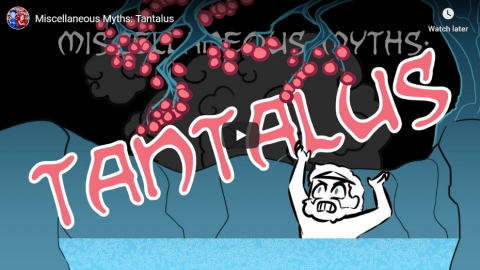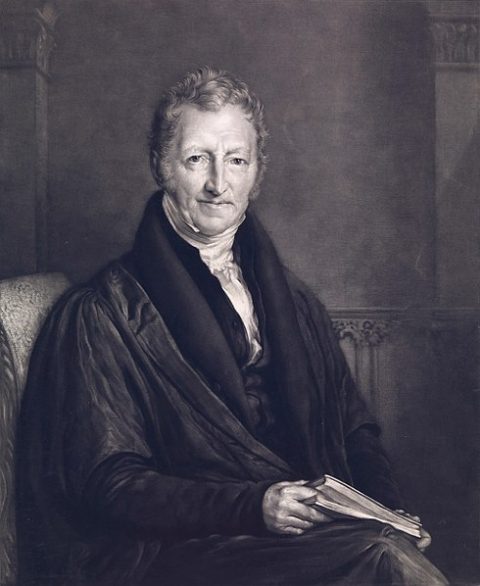Forgotten Weapons
Published 28 Oct 2017Sold for $1,380 (deactivated).
The US was one of the few major military powers that went into World War II without a substantial infantry antitank weapon. Most countries had an antitank rifle of some sort, but the US just had some marginal antitank rifle grenades. That was rectified in late 1942 when the M1 Rocket Launcher — aka the Bazooka — was introduced. Using a 2.36″ shaped charge warhead, it was able to penetrate about 4.7 inches of armor, which was effective through most of the war. A larger version went into development in 1943 though, because it was clear that the M1 would soon become obsolete.
The 3.5″ M20 Super Bazooka was adopted in late 1945 and put into production in 1948, with its first combat use coming in the Korean War. It was much more powerful, capable of penetrating 11 inches of armor plate. The launcher itself weighed just 13 pounds, with each rocket adding another 8.9 pounds. This, and the updated M20A1, would serve as the main US infantry antitank weapon until replaced by the 90mm recoilless rifle in the 1960s.
http://www.patreon.com/ForgottenWeapons
Cool Forgotten Weapons merch! http://shop.bbtv.com/collections/forg…
If you enjoy Forgotten Weapons, check out its sister channel, InRangeTV! http://www.youtube.com/InRangeTVShow
From the comments:
WeirdHarold49
2 years agoSince Ian forgot and Wikipedia knows:
Origin of the “bazooka” name
Shortly after the first prototype launcher and rockets had been tested by firing into the Potomac River, Skinner and Uhl took the new system to a competitive trial of various types of spigot mortar (at that time seen as the most promising way to deliver a shaped charge), which was held at the Aberdeen Proving Ground in May 1942. The new rocket launcher scored several hits on a moving tank while the five different mortars achieved none; this was a considerable achievement since the launcher’s sights had been fabricated that morning from a wire coat hanger. The trial was being watched by various senior officers, among them the Chief of Research and Engineering in the Ordnance Department, Major General Gladeon M. Barnes. Barnes was delighted by the performance of the system and fired it himself, but commented: “It sure looks like Bob Burns’ bazooka”. Bob Burns was a popular radio comedian, who used a novelty musical instrument which he had devised himself and called a “bazooka”.

















